Latest Posts
SN750 heat dissipation version applies to the master control chip optimally designed by WD_BLACK and flash memory from original factory
Recently, there is wrong in my computer, so I plan to install a machine by myself. When I buy a hard disk, I buy a heat dissipation version of WD_BLACK SN750 NVME SSD of Western Digital which is more expensive than the Standard Version. The pure black shape is a deception, and the heat dissipation plate is made of aluminum. This is also a relatively mainstream heat dissipation solution adopted by major SSD manufacturers at present, but what prompted me to buy it is its 560k random reading and writing score. After all, the happiness of male is so simple.
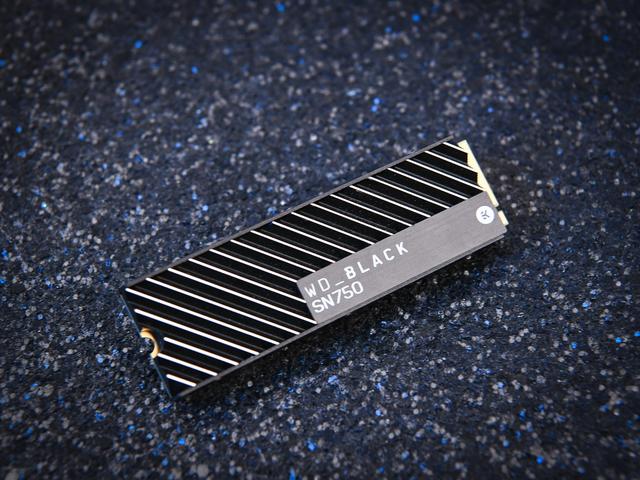
The users who are familiar with SSD all know that at present there are two bus standards in client SSD, they respectively are SATA and PCIE. At present the highest theoretical speed of the latest SATA3.0 is 6.0Gbps, while the highest theoretical speed of PCle3.0*4 is 32Gbps.
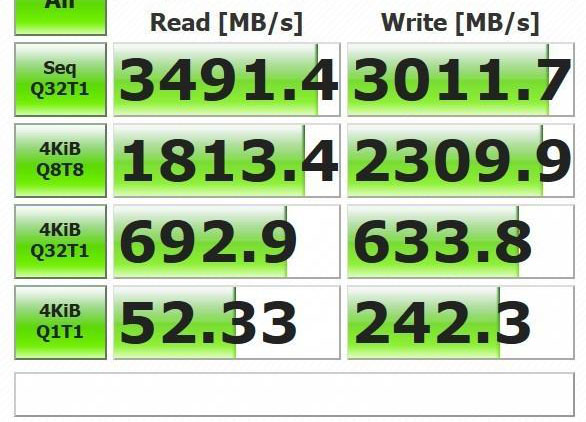
According to the standard of PCIE NVME SSD, the highest theoretical speed of SSD using this standard is about 4000MB/s. However, in actual reading and writing, the SSD above 3000MB/s belongs to the high performance product. For my new SSD of SN750 heat dissipation version, the reading speed has reached the ultimate performance of 3491MB / s, which is the flagship level of PCIE3.0 SSD.
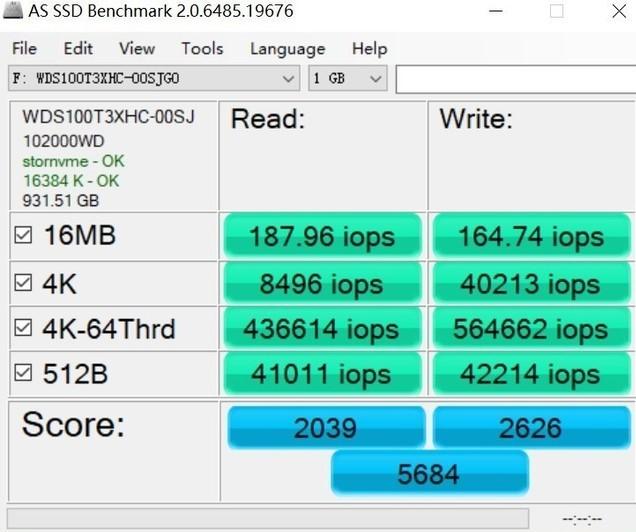
Many net citizen may say something when they see here, there are not some interesting things in empty hard disk continuous reading and writing. But in the test of 4K random performance, the SSD still performs well. The read and write is to the standard of 436K IOPS and 565K IOPS, which can greatly improve the loading time of heavy load programs and large-scale games.
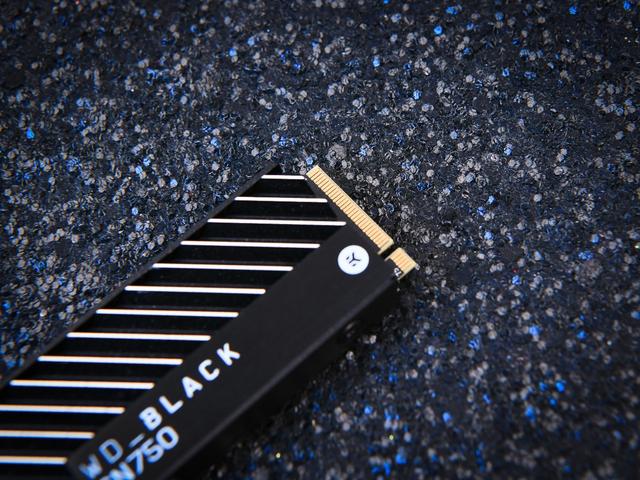
eat dissipation version of SN750
In addition to basic bus standard advantage, what are the features of this SSD of SN750 heat dissipation version that enable it to have such extreme performance.
According to the official data from Western Digital, this SN750 heat dissipation version uses the flash memory chip from SanDisk original factory and 20-82-00700 master control chip from SanDisk. And for this main control chip, we designed a flash optimized architecture, which can achieve physical acceleration in data transmission interaction, rather than relying solely on the transmission agreement. So it also plays a crucial role in improving the performance of this SN750 heat dissipation version.
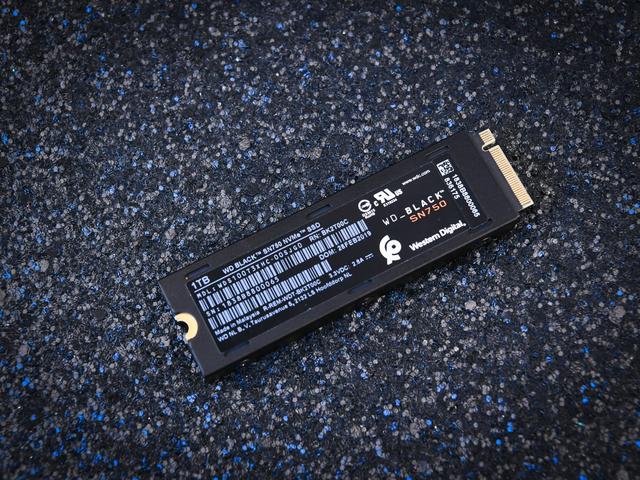
1TB
In the era of SATA SSD, in order to gain better performance, the SATA mode will be set to AHCI mode. But for the SSD using M.2 interface and running PCIE channel, NVME agreement will make it play maximum performance. Then what is the principle that NVME can make SSD so fast.
Before knowing about it, we need to introduce SSD specification agreement. At present, there are two common client agreement, they are respectively AHCI agreement in SATA SSD and NVME agreement in PCIE SSD, which is equal to the above bus standard.
The full name of NVME is Non-Volatile Memory Express, which is transfer specification based on nonvolatile memory. It overturns the storage logic of ATA as the core and bottom layer in the storage industry for a long time. NVME can make full use of the low latency and parallelism of PCIE channel, greatly increasing the reading and writing performance of SSD and decreasing the high latency by SATA interface. Therefore, the reading and writing performance of NVME SSD can achieve to above 3000MB/s, and the comprehensive performance also is far more than SATA SSD.
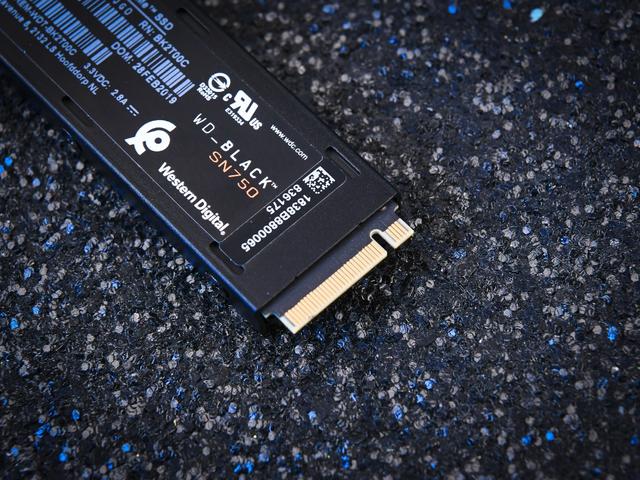
heat dissipation version of SN750
NVME came into being based on the non-delay characteristic of PCIE channel. On physical level, it can be directly connected with CPU. On the software level, the latency of NVME standard is less than half of that of AHCI, and it is unnecessary to read registers when executing commands. While AHCI needs to read registers four times for each command. So NVME SSD will not suffer performance degradation due to the delay caused by channel conversion.
In addition, NVME agreement also plays an important part in increasing the performance of SSD IOPS. From the software test, we can see that SSD testing usually only tests the IOPS capability with a queue depth of 32 at most. One of the main reasons is that it has already reached AHCI upper limit. While NVME can increase its maximum queue depth from 32 to 64K, which will open the gap with SATA SSD. Therefore, the IOPS capacities of SSD have been greatly improved accordingly. This is also the basic principle that the write of SSD IOPS of WD ﹣ black SN750 heat dissipation can reach 560k.
summary
In essence, NVNE establishes multi data transmission channels between SSD and computer. Therefore, the efficiency of data transmission is naturally higher than that of AHCI SSD with SATA interface, which is the key to the speed of PCIE NVME SSD. While my SN750 heat dissipation version applies to the master control chip optimally designed by WD_BLACK and flash memory from original factory, so the performance naturally can be superior.











Leave a comment